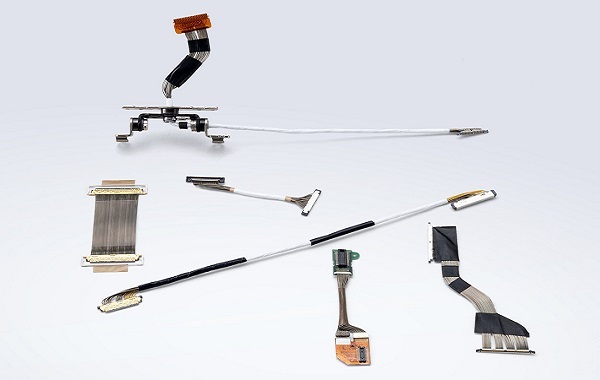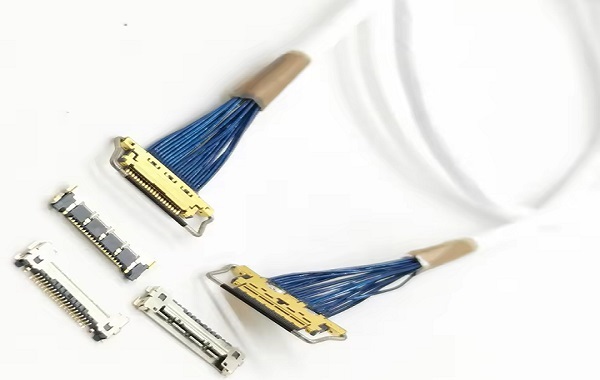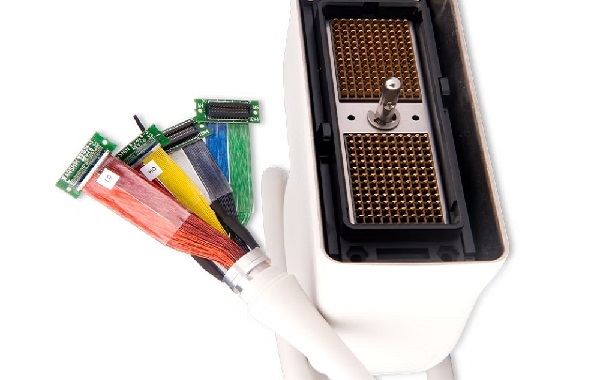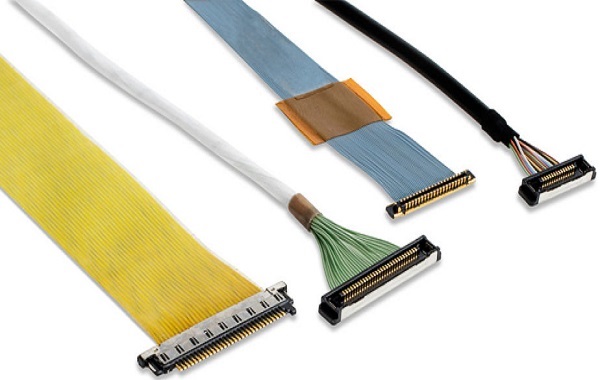In audio and video system design, signal integrity has always been a core issue. With the development of high-definition displays, AR/VR headsets, and in-car entertainment systems, engineers are facing the challenge of how to ensure stable transmission of high-resolution video and high-fidelity audio in limited spaces. In recent years, ultra-thin coaxial cable harnesses (Micro Coaxial Cable Harness) have gradually replaced traditional ribbon cables, becoming the mainstream interconnection solution in audio and video systems due to their excellent electrical performance and mechanical flexibility.

Bandwidth and High-Speed Characteristics
Modern audio and video applications continuously raise their requirements for data transmission rates. Ultra-thin coaxial cables ensure the consistency of characteristic impedance through coaxial structures, supporting high-speed interfaces such as eDP, MIPI, and HDMI, thus achieving stable transmission of 4K/8K video and high-bitrate audio. Compared with traditional FPC or ribbon cables, it has obvious advantages in maintaining high-speed signal edges, controlling insertion loss, and ensuring signal integrity, meeting the bandwidth requirements of high-resolution video and high-fidelity audio.

Two, EMI and Crosstalk Control
In complex electromagnetic environments, audio and video signals are prone to interference, leading to degraded picture quality or audio distortion. The extremely thin coaxial cable束 is structurally equipped with a complete shielding layer, combined with reasonable weaving density and termination technology, which can effectively suppress EMI/RFI interference and reduce cross-talk between wires. This high-efficiency electromagnetic protection capability is particularly crucial for scenarios such as in-car central control screens, medical imaging equipment, and other applications that require extremely high signal stability, ensuring reliable operation of the system in high-interference environments.

Space Adaptation and System-Level Experience Optimization
With the development of slimming devices, the wiring space is becoming increasingly limited. The diameter of extremely fine coaxial cable bundles is usually between 0.3~0.5mm, with good flexibility, suitable for narrow bending environments, such as laptop hinges, folding screen hinges, etc. Compared with traditional cable bundles, it has higher mechanical adaptability, ensuring signal performance while considering the flexibility of the overall design. In system-level applications, extremely fine coaxial cables can maintain more complete transmission characteristics from the source end to the display end, reducing signal retransmission and error codes, and improving the stability of the entire machine. This means that users can enjoy clearer images, cleaner audio, and lower latency, enhancing the overall user experience.

Extremely fine coaxial cable束 not only undertakes the function of signal transmission in audio and video systems, but also provides a solution that balances performance and manufacturability in high-speed, high-interference, and small space environments. It achieves improved signal integrity and system reliability through stable characteristic impedance, effective shielding, excellent flexibility, and high bandwidth support. With the continuous increase in audio and video resolution and transmission rates, micro coax will continue to play a vital role in more high-performance application scenarios.
I am
Suzhou Huichengyuan Electronic Technology Co., Ltd.Long-term focus on the design and customization of high-speed cable harnesses and ultra-fine coaxial cable harnesses, committed to providing stable and reliable high-speed interconnection solutions. For more information or customization requirements, please contact:
Manager Zhang 18913228573 (WeChat same number)。



